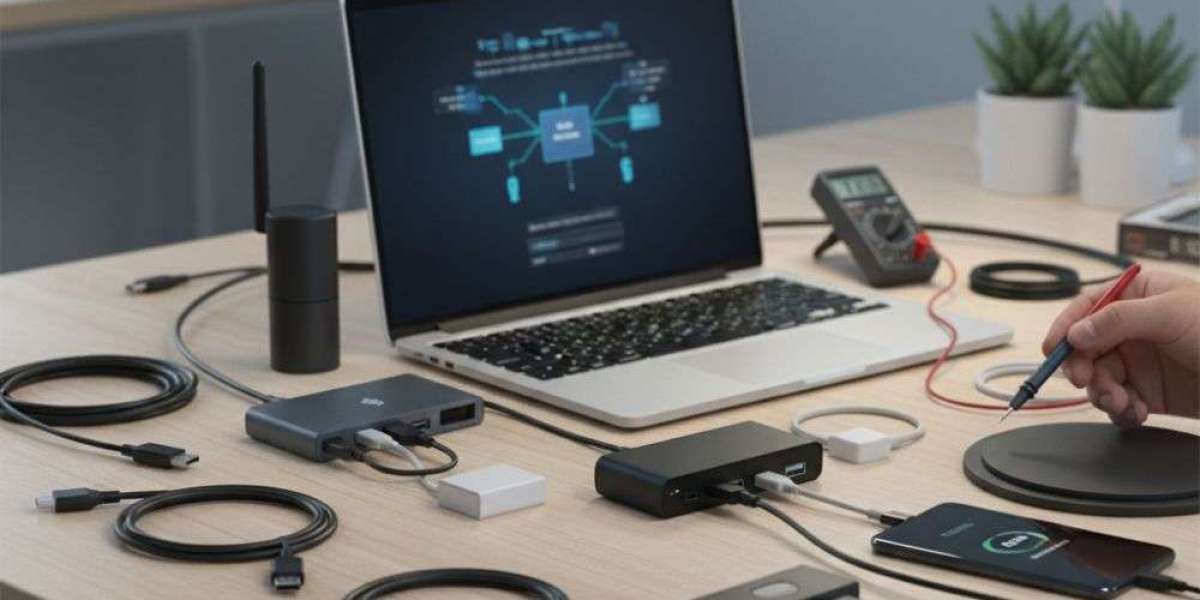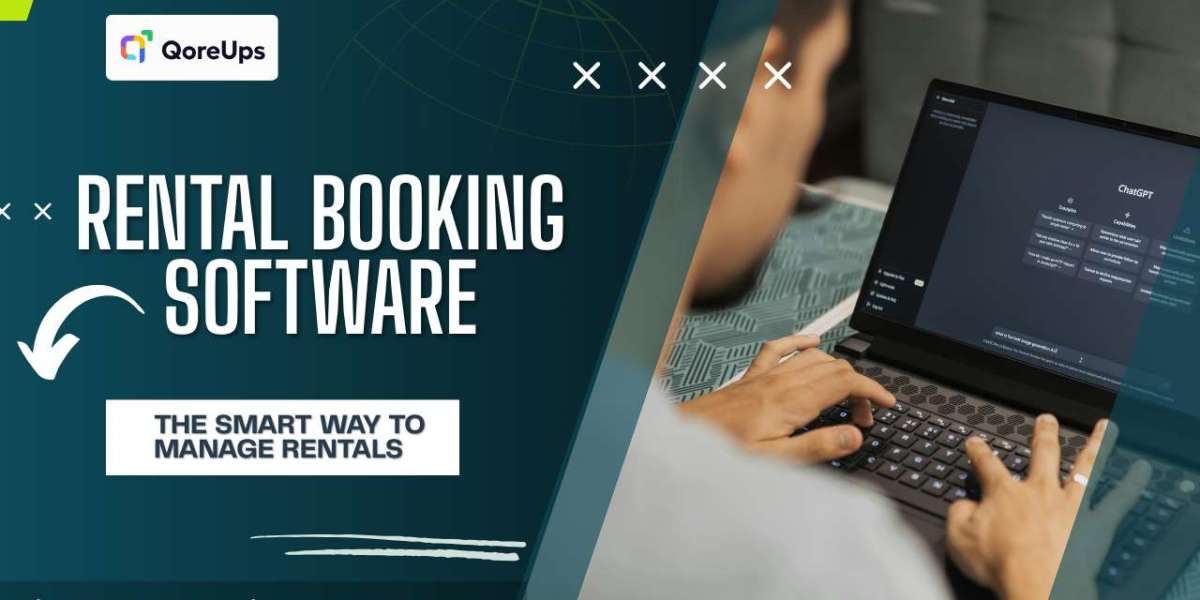Have you ever experienced slow internet speeds even though your Wi-Fi router shows full bars? Or maybe your connection keeps dropping at the worst possible times? The problem might not be your internet service provider. Instead, you might be dealing with network cable issues that many people overlook.
Network cables form the backbone of our digital lives. They connect our devices to routers, modems, and switches. When these cables develop problems, everything slows down or stops working entirely. Let's explore the major network cable issues you need to know about.
Physical Damage: The Silent Connection Killer
The most common network cable issue is physical damage. Your cat5e ethernet cable might look fine on the outside, but internal damage can ruin your connection. This happens more often than you think.
People step on cables, roll office chairs over them, and bend them at sharp angles. Pets chew on them. Vacuum cleaners catch and pull them. Each of these actions can break the delicate copper wires inside the cable. When wires break, your data packets can't travel properly between devices.
You might notice your internet speed drops randomly. Sometimes the connection works, and other times it doesn't. This inconsistent behavior usually points to a damaged cable. The worst part? The damage isn't always visible from the outside.
Cable Length Problems
Many people don't realize that ethernet cables have distance limits. A cat5e ethernet cable works best when it's under 100 meters (about 328 feet). Go beyond this length, and you'll see performance issues.
The signal weakens as it travels through the cable. This is called signal degradation. When your cable is too long, the signal becomes so weak that data packets get lost or corrupted. Your internet feels slow because information has to be sent multiple times to get through.
Some people try to solve this by connecting multiple cables together. This seems like a smart solution, but it often makes things worse. Each connection point adds resistance and creates opportunities for signal loss. If you need to cover long distances, you should use signal boosters or switches instead.
Interference from Other Devices
Your network cables don't exist in isolation. They share space with power cables, fluorescent lights, motors, and other electronic devices. These devices create electromagnetic interference (EMI) that disrupts your network signals.
A cat5e ethernet cable has some built-in protection against interference, but it's not perfect. When you run your ethernet cable next to power cables or through areas with lots of electronic equipment, the interference can corrupt your data. This leads to slower speeds and unreliable connections.
The solution is simple but often overlooked. Keep your network cables away from power sources. Don't bundle them together with power cords. If you must cross a power cable, do it at a 90-degree angle to minimize interference.
Poor Connector Quality
The plugs at the end of your cables matter more than you think. Those plastic connectors with metal pins are called RJ45 connectors. When they're damaged or poorly made, they cause major problems.
Bent pins are a common issue. Each pin must make solid contact with the port to work correctly. If even one pin is bent, you'll experience connection problems. Sometimes the cable fits loosely in the port because the connector clip is broken. This creates an unreliable connection that drops randomly.
Some people try to save money by buying cheap cables. These cables often have low-quality connectors that fail quickly. The pins might not be gold-plated, so they corrode faster. The plastic housing might crack easily. When it comes to network cables, spending a few extra dollars on quality makes a big difference.
Wrong Cable Category for Your Needs
Not all ethernet cables are the same. They come in different categories, each supporting different speeds. A cat5e ethernet cable supports speeds up to 1 Gigabit per second. This works fine for most home networks. However, if you have a faster internet plan or need higher speeds for work, you might experience a bottleneck.
Many people upgrade their internet to 2 Gbps or higher but forget to check their cables. They wonder why their speed tests show lower numbers than expected. The cable becomes the limiting factor.
Using the wrong cable category isn't just about speed. It also affects reliability. Older cables might not handle modern network traffic efficiently. This leads to dropped connections and frustrating performance.
Environmental Damage
Where you install your cables affects their lifespan. Outdoor cables face rain, sun, and temperature changes. Indoor cables deal with dust, humidity, and temperature variations. Standard cat5e ethernet cables aren't designed for harsh outdoor conditions.
Moisture is particularly damaging. When water gets inside a cable, it corrodes the copper wires. This increases resistance and causes signal problems. Temperature extremes also affect cable performance. Very hot or cold conditions can make the plastic coating brittle and crack.
If you need to run cables outdoors or through walls, use cables rated for those conditions. Outdoor-rated cables have protective jackets that resist moisture and UV damage. They cost more but last much longer in challenging environments.
Improper Installation
How you install your cables matters. Sharp bends strain the internal wires. Stapling cables too tightly crushes them. Pulling cables through tight spaces can stretch and damage them. These installation mistakes create problems that might not show up immediately.
The cable might work fine at first. Over time, the damage worsens until you start experiencing connection issues. By then, it's hard to identify what went wrong.
Always follow proper installation practices. Don't bend cables at angles sharper than the manufacturer recommends. Use cable clips instead of staples. Leave some slack in the cable so it's not under tension.
Conclusion
Network cable issues affect everyone who uses the internet. Physical damage, interference, poor connectors, wrong cable categories, and improper installation all create problems. The good news is that most of these issues are easy to prevent or fix.
Check your cables regularly. Replace damaged ones immediately. Use the right cat5e ethernet cable or higher category for your needs. Install cables properly and protect them from environmental damage. These simple steps will keep your network running smoothly and save you from frustrating connection problems.
Sources: https://techymantraa.com/how-to-troubleshoot-common-ethernet-cable-issues/
https://telegra.ph/What-Causes-an-Ethernet-Cable-to-Fail-10-28



